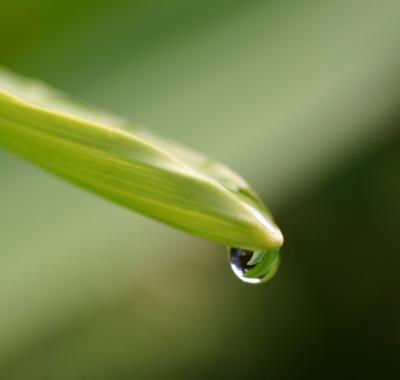Rainfall over the Hawaiian Islands has been declining since 1978.
Is the drying trend due to global warming? Yes, says a team of researchers who found that climate models don't have enough resolution to capture the diverse rainfall pattern over Hawaii, where dry and wet areas often lie only a mile or even less apart, and so devised a method called 'statistical downscaling.'
They first got a take on the effects of the general drying trend on local heavy-rain days by reanalyzing observations from 1978 to 2010 at 12 rain-gauge stations spread throughout the islands. Studying hundreds of weather patterns during such days, they identified the typical atmospheric circulation patterns in the North Pacific that favor heavy rains over Hawaii.
Using those weather patterns linked to heavy rains, their statistical model estimates the number of heavy rain events during a year. They found that the large circulation patterns over the mid-latitude and tropical North Pacific have already shifted since 1978 so that fewer weather disturbances reach the Islands during the rainy season from November through April.
"We can't predict individual rain events with our method," clarifies Professor Thomas W. Giambelluca from the Department of Geography at University of Hawaii at Manoa, "but it gives us a very good estimate of the number of heavy rain events in a given season based on the large-scale atmospheric circulation patterns."
"The patterns we saw did not surprise us," says lead investigator Oliver Elison Timm. "For example, we found that the typical winter Kona storms with moist air-flow from the South often produce torrential rains in the islands."

It still rains in Hawaii. Just not as much. Credit: Gisela Speidel, International Pacific Research Center, University of Hawaii at Manoa
Combining information from their statistical model and other climate models that use projected increase in greenhouse gases until the end of this century as drivers, they conclude that we can expect the recent trend towards drier winter seasons with fewer heavy-rain days to continue through the end of this century.
"It is extremely difficult to take all the uncertainties into account and our overall result may not apply to all sites in Hawai'i," cautions Senior Researcher Henry Diaz from the University of Colorado. "We are just beginning to understand the details of how climate change will affect the Hawaiian Islands. We do not know yet how further warming will impact extreme heavy downpours."





Comments